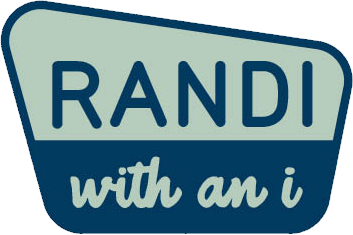Did you know that our forests here in Arizona actually need fire?
I just wrapped up two back-to-back (well, almost — there was a weekend-long break in between) assignments on the Volunteer Fire and the Wilbur Fire, two lightning-caused wildfires located on the Flagstaff Ranger District and Mogollon Rim Ranger District, respectively, of my forest.

This year has been a bit of a weird year. My past two summers working for Forest Service have seen a lot of catastrophic wildfires — the human-caused kind that we hit with a full-suppression response. That means we do everything we can to safely contain them until we (or, more likely, monsoonal rains) can fully extinguish them.
But, this year? Fire response has been a little bit different!
Not to get too into it, but essentially, the southwestern United States is a fire-dependent ecosystem. These lands NEED wildfire for health. Fire works as a natural janitor to clean up all the dead shit — like pine needles, broken tree branches and dry pine cones (in forestry and fire, we call these “fuels”) — that clutters the forest floor.
If we don’t have frequent low-intensity fire to clear out these fuels, they’ll continue to accumulate until we get a big high-intensity catastrophic wildfire that not only clears out those fuels… but also clears out alllll the infrastructure that we built in this fire-dependent ecosystem.
Way before we settled here, lightning just took care of this cycle by sparking fires, slowly smoldering and clearing away all that dead stuff. But, then, we settled here. And, turns out, we don’t really like it when our homes burn down!
That means we can’t really let lightning-caused wildfires just burn in the same way we used to now that we have infrastructure to protect.
So, now, we use a combination of prescribed fire and lightning-caused wildfire to help nature do its thing.
(Pop quiz: What’s the difference between prescribed fire and wildfire? One is planned, the other isn’t.)
So… when we have lightning-caused wildfires that don’t really threaten much in the way of what we call “values at risk” — like homes, farms, infrastructure, etc. — we like to let fire play somewhat naturally on the landscape. I say “somewhat” because we can’t really just let a fire do its thing due to the aforementioned values at risk.
(Note: We always fully suppress every human-caused wildfire, because those are not a natural part of this ecosystem.)
If we just let a fire hang out, who knows what it’ll do. Wildfires can burn for a very long time. Wind, humidity, weather… all that will influence how a fire interacts with its landscape. If we let a lightning-caused wildfire slowly burn, one day, erratic high-speed winds could shift it toward some values at risk, which would not be good.
So, we strategically help it do its thing. That means that when we have a lightning-induced wildfire start, we basically analyze the location, confine it to a safe perimeter, and burn it all out using the help of tools such as drip torches to expedite the process.
It’s still a full suppression response… but we’re just letting (and even helping) the naturally-ignited wildfire scurry along the landscape a little bit in a pre-determined, strategic way to benefit the forest ecosystem before we fully suppress it.
Got it?
Got it.
So- beneficial lightning-caused wildfires: both the Volunteer and the Wilbur fires.
The Volunteer Fire was pretty cool, because I got to coordinate a site visit for our local media.


It was so much work, but totally worth it to bring Flagstaff and Phoenix media out to the Volunteer Fire so they could get a briefing, learn about the benefits of low-intensity wildfire and watch some burnout operations take place.
The Wilbur was also pretty cool because it was the first fire Ryan (remember him? JK.) and I have worked on together in quite some time.
I also got to go out and do trap lines for the first time!

I’ve always been so busy working as a lead PIO and delegating tasks that I haven’t really had much of a chance to do a lot of the fun stuff on fires, like trap lines.
If you don’t know, trap lines are basically just little information stations we use to communicate fire updates with the public. We either post info boards at highly populated places (especially if smoke is visible), or tape news releases/ maps in storefronts and windows, or do packet hand-offs with businesses (such as RV parks and campgrounds) to distribute info.
There are a lot of pockets of land out here without WiFi/ cell service, so communication gets a little 19th century sometimes.
I also got to head out to the field for a day to cruise around in a UTV and take some photos.

Plus, the PIOs that were ordered in brought an espresso machine.

Double plus, there was a station doggo.

Anyway. It’s been a pretty chill fire year so far, so here’s hoping it stays that way. It’s been so cool to experience a different type of wildfire response, and to work on communicating the benefits of lightning-caused wildfire with the people who live and recreate here.
Til next fire!

My views are mine alone and don’t represent those of my employer, agency or the United States government. All photos were taken by me and/or credited photographer unless otherwise noted. You can read more on my disclosure and privacy policy page.




